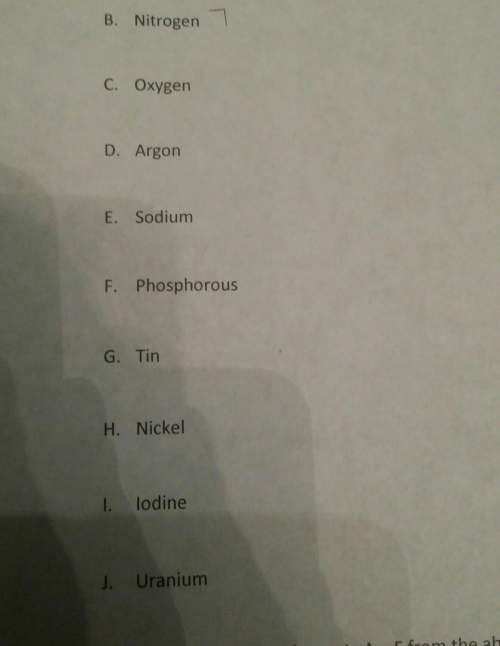
Chemistry, 24.02.2020 18:25 mckinleyp4819
In the following experiment, a coffee-cup calorimeter containing 100 g of H2O is used. The initial temperature of the calorimeter is 23.0 oC. If 2.8 g of CaCl2is added to the calorimeter, what will be the final temperature of the solution in the calorimeter? Assume that the heat capacity of the solution is 4.18 J/goC, and that the heat capacity of the calorimeter is negligible. The heat of dissolution ΔHsoln of CaCl2 is −82.8 kJ/mol.

Answers: 2
Another question on Chemistry

Chemistry, 22.06.2019 02:00
Which of the following is not a good technique for managing used oil? a) have specific, labeled catch pans available for technicians who are collecting oil b) spills in your shop and any releases on pavement or outside should be poured down a drain c) do not use oil containers for antifreeze or other non-similar fluids d) be prepared for oil spills with the proper absorbents
Answers: 1

Chemistry, 22.06.2019 07:10
Remember to use the proper number of significant figures and leading zeros in all calculations.gelatin has a density of 1.27 g/cm³. if you have a blob of gelatin dessert that fills a 2.0 liter bottle, what is its mass? 2540 g2500 g3.9 x 10-43.937x 10-4
Answers: 3

Chemistry, 22.06.2019 19:00
How many liters of ethylene glycol antifreeze (c2h6o2), with a density of 1.100 g/l, would you add to your car radiator containing 15.0 kg of water if you needed to protect your engine to - 21.5°c? for water, kf = 1.86°c m -1.
Answers: 1

Chemistry, 22.06.2019 20:20
The characteristics of two different types of reactions are shown below: reaction a: electrons are gained by the atoms of an element. reaction b: protons are lost by the atom of an element. which statement is true about the atoms of the elements that participate in the two reactions? their identity changes in both reaction a and reaction b. their identity changes in reaction a but not in reaction b. their identity changes in reaction b but not in reaction a. their identity remains the same in both reaction a and reaction b.
Answers: 1
You know the right answer?
In the following experiment, a coffee-cup calorimeter containing 100 g of H2O is used. The initial t...
Questions


Mathematics, 09.05.2020 15:57


Mathematics, 09.05.2020 15:57




History, 09.05.2020 15:57

Mathematics, 09.05.2020 15:57


Social Studies, 09.05.2020 15:57





Mathematics, 09.05.2020 15:57



Mathematics, 09.05.2020 15:57

English, 09.05.2020 15:57




